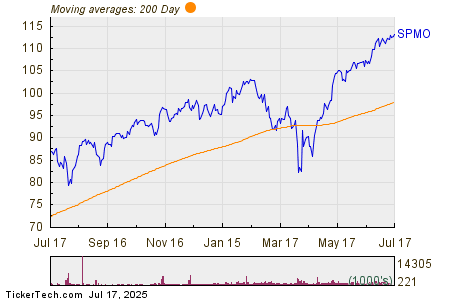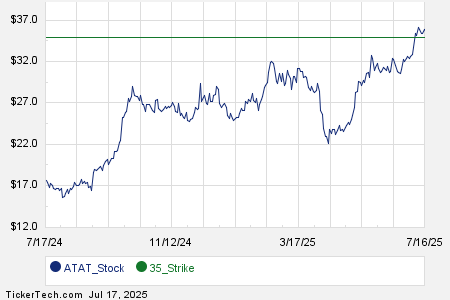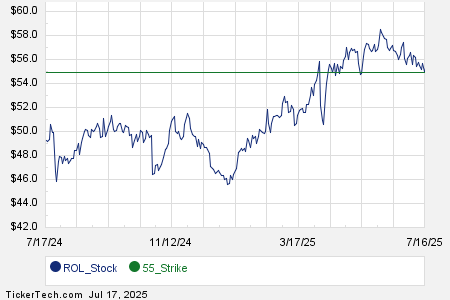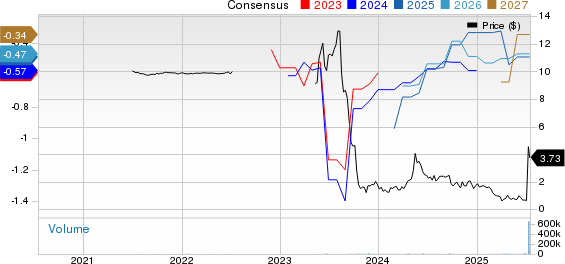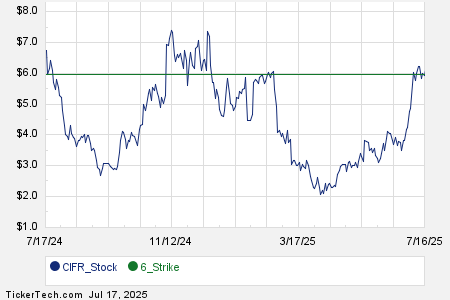Unlocking Growth: Understanding Purchase Order Financing
Purchase order (PO) financing is an innovative funding solution that enables businesses to fulfill large orders even when cash flow is tight. By partnering with a lender, companies can access the capital needed to cover supplier costs without straining their financial resources. This strategic financing option helps businesses grow and maintain solid relationships with their suppliers while ensuring timely delivery to customers. For owners facing cash flow challenges, consulting a financial advisor can be instrumental in determining if PO financing is the right path forward.
A financial advisor can provide valuable insights for business owners seeking to navigate their complete financial landscape.
What Is Purchase Order (PO) Financing?
Purchase order financing is a short-term funding solution that allows businesses to pay suppliers for goods necessary to fulfill customer orders. This type of financing is commonly utilized by wholesalers, manufacturers, distributors, and resellers who often receive large orders but may lack the capital to purchase the required inventory upfront.
For instance, imagine a distributor receives a $100,000 order from a retail client but lacks sufficient funds to pay the supplier. A PO financing company steps in to cover the supplier’s invoice, allowing the distributor to fulfill the order. Once the retailer pays for the goods, the financing company deducts its fees and sends the remaining balance to the distributor.
This financing solution is especially advantageous for businesses with robust sales pipelines and limited working capital, enabling them to meet customer expectations without overextending their resources.
How Does Purchase Order (PO) Financing Work?
Grasping the workings of purchase order financing is key for business owners. Here are the typical steps involved:
- Receive a purchase order: A customer places a large order requiring more capital than is available.
- Apply for financing: Submit the purchase order and supplier invoice to a PO financing company for evaluation.
- Approval and funding: Upon approval, the financing company provides funds directly to your supplier.
- Order fulfillment: The supplier produces and delivers the goods to your customer.
- Customer payment: Once the customer pays, the financing company deducts its fees and sends the remainder to you.
Consider a small apparel company that scores a bulk order from a major retailer. Lacking the funds for production, the company seeks a PO financing provider. After assessing the retailer’s credit, the provider pays the manufacturing costs, allowing for prompt delivery. When the retailer pays the invoice, the financing company collects its fees, with the apparel company retaining the profit.
The Benefits of Purchase Order Financing

Purchase order financing presents numerous benefits for businesses, each contributing to overall growth. Important advantages include:
- Improved cash flow: It provides immediate capital for supplier costs, allowing for uninterrupted operations without sacrificing liquidity.
- Scalability: Businesses can accept larger orders more confidently, aiding in their growth in competitive markets.
- Preservation of equity: Unlike equity financing, PO financing allows owners to retain full control of their businesses while accessing necessary funds.
- Strengthened supplier relationships: Timely payments strengthen trust and long-term partnerships with suppliers.
- Faster growth: With access to funds for larger orders, businesses can capitalize on significant opportunities and scale their operations swiftly.
How to Set Up Purchase Order Financing
Preparation is crucial before applying for purchase order financing. Here are key steps to set it up:
- Identify a reputable PO financing provider: Research companies such as BlueVine or Fundbox, comparing fees, terms, and customer feedback.
- Gather documentation: Collect purchase orders, supplier invoices, and financial statements. Information on your customer’s creditworthiness may also be necessary.
- Submit an application: Apply for financing with the required documents. The lender will assess your eligibility based on various factors.
- Review and accept terms: Upon approval, carefully review the financing agreement, paying attention to all fees and terms.
- Receive funding: The financing provider pays your supplier directly once approved, enabling you to fulfill the order.
- Repay the loan: After customer payment, the lender deducts fees and sends the remaining funds to your business.
Bottom Line

Purchase order financing serves as a vital resource for businesses wanting to fulfill large orders without putting their cash flow at risk. By offering the necessary capital to pay suppliers, it helps companies expand while enhancing customer satisfaction and supplier relationships. Whether facing cash flow issues or looking to scale up, partnering with a financial advisor can help businesses explore purchase order financing as part of a comprehensive financial strategy.
Tips for Financial Management
- As a business owner, obtaining professional advice for both personal and business finances is essential. A financial advisor can assist in managing your assets effectively to achieve your long-term goals. Finding an advisor can be simplified using SmartAsset’s free tool, which connects you with vetted professionals in your area for a complimentary introductory call.
- Utilizing an investment calculator may help determine how your investments can grow over time.
Photo credit: ©iStock.com/Pichsakul Promrungsee, ©iStock.com/Piotrekswat, ©iStock.com/PhanuwatNandee
The post Unlocking Growth: Understanding Purchase Order Financing appeared first on SmartReads by SmartAsset.
The views and opinions expressed herein are the views and opinions of the author and do not necessarily reflect those of Nasdaq, Inc.



